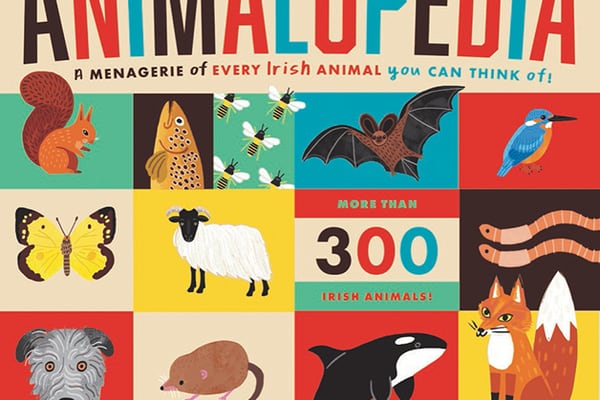More than 250 surveys by citizen scientists are already in train around the Irish coastline under the guidance of Coastwatch — part of its annual survey of 500m stretches.
“Five days into the annual Coastwatch autumn shore survey we have over 250 survey units booked and see volunteers combining swims with surveys and returning with amazing observations and photos as the water is so clear,” said Karin Dubsky, who co-founded the survey with The Irish Times in 1987.
This year’s survey continues until October 15th. A series of support events are also being staged over the coming weeks. These include a cross-Border gathering at Carlingford Lough on Thursday, September 22nd, and a synchronised survey of the Waterford estuary, covering three counties, on Saturday, September 24th. Full details are available on Coastwatch’s Facebook page.
The Carlingford event will examine how the local marine area can best be surveyed along intertidal areas north and south of the lough and how divers might be deployed to pursue more extensive sub-littoral surveying. Ecologist and science writer Alex McMaster is helping to stage the event.
READ MORE
Coastwatch is also calling for more Volunteers to join its shore survey. All materials are provided on www.coastwatch.org and linked to co-ordinators to help participants.
“The weather forecast for the weekend is good and we are going into extra good tides too,” added Coastwatch co-ordinator Bernie Walsh.
Bird flu
Coastwatchers count live and dead birds as a standard part of the survey. “With bird flu hitting seabird colonies, we are now also asking for photographs, and to report dead birds to the Department of Agriculture, Food and the Marine using the Avian Flu reporting app or hotline supporting their testing and recording efforts,” Ms Dubsky added.
Early Coastwatch results have recorded dead beached gannets on east coast beaches and along the Co Galway coastline.
On a happier note, some very good mussel spat settlements have been found dotted around the intertidal area. Mussels form biogenic reefs and filter feed, concentrating plankton into protein-rich bodies. “So it’s almost like tables set by the sea for animals higher up on the food chain — like flounders [a group of flatfish],” said surveyor Mick Berry, who found one such settlement.
Whether this finding relates to the weather and sea conditions this year or other local reasons requires follow-up work and further engagement with local groups.
The surveying approach is flexible. Coastwatchers can go out as a group and divide tasks between a number of people and for example cover long dune stretches in one sweep, or go in pairs or alone to a favourite spot. “Either way you are carefully observing, testing any streams you might cross and then report back on the state of that shore,” said Tom Hannigan a regional co-ordinator in Co Donegal.
While the survey form has set criteria so results can be compared over time, there are always new priority areas and additional issues every year resulting in additional questions. “This year we focus on the quality of small streams, dead birds, seagrass and on litter which would be better addressed by prevention and law than by clean-ups,” explained Coastwatcher Michael Walsh.
The survey is supported by the Marine Unit of the Department of Local Government.














